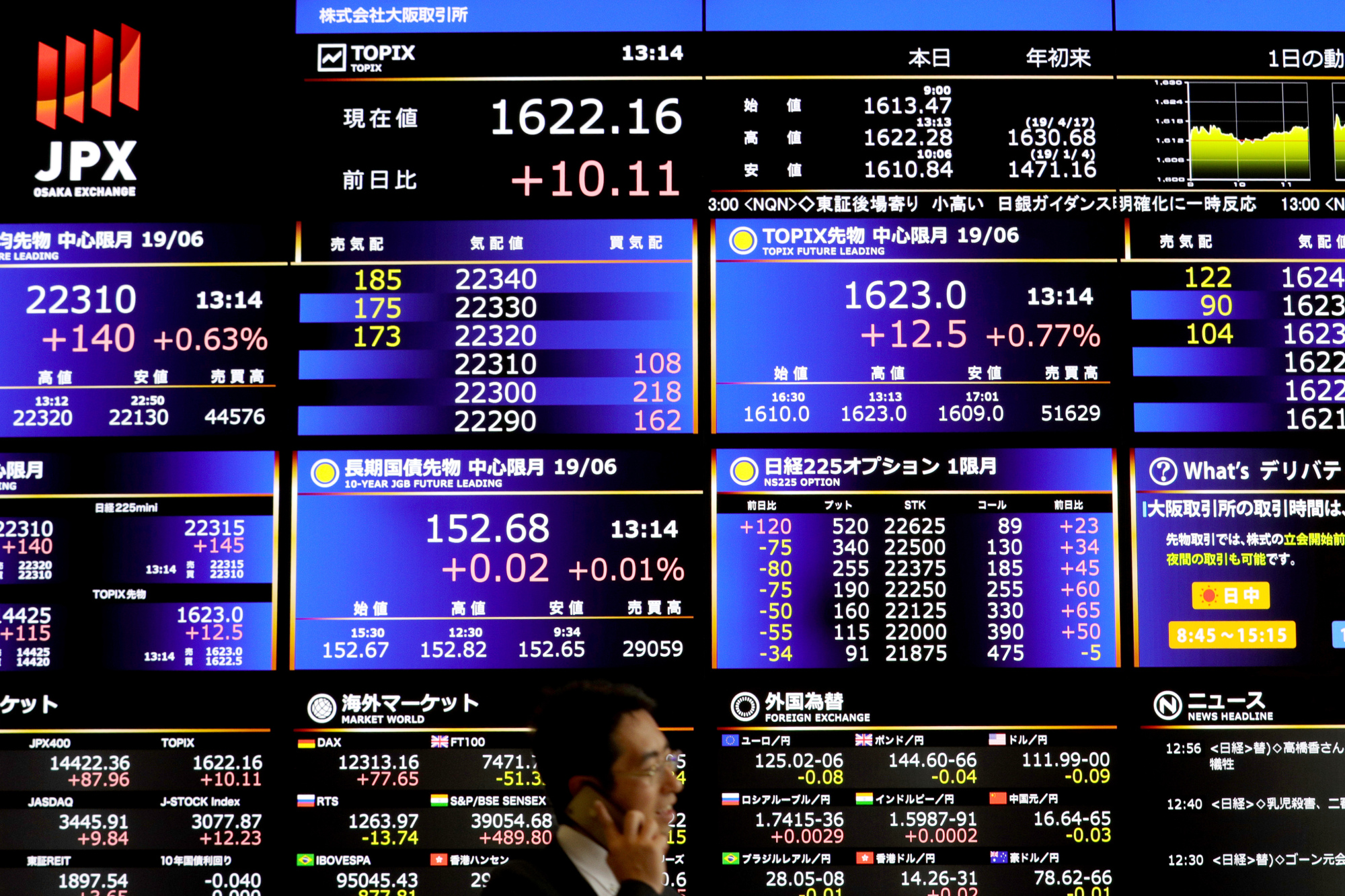Some investors are bracing themselves for more suffering in the future as the Federal Reserve’s hawkish approach drives up Treasury yields and crushes stocks.
Equity investors ignored an increase in Treasury rates for the majority of the year as a byproduct of stronger-than-anticipated economic growth, despite concerns that yields could eventually drag down stocks if they rose too high.
After the Fed announced last week that it will keep rates high for longer than most investors anticipated, those worries may have gained new urgency.
After falling 1.5% on Tuesday, the S&P 500 is now more than 7% below its highs from July, hurt by steep drops in the stock prices of some of this year’s greatest winners, like Apple, Amazon.com, and Nvidia. At 4.55%, the yield on the benchmark 10-year Treasury note for the United States is close to a 16-year high.
Some investors believe rates may experience greater volatility because authorities predict that they will stay at present levels through the end of 2024. The cost of borrowing for businesses and individuals increases as a result of higher yields on Treasuries, which are competitive with equities as an investment due to their sensitivity to interest rate expectations and perceptions of risk due to their backing by the U.S. government.
The market “is recalibrating what is the right valuation for equities in a 5% interest rate world,” according to Jake Schurmeier, a portfolio manager at Harbour Capital Advisors. Investors are pondering the question, “Why should I take equity risk when I can earn more just by holding a Treasury bill?”
Higher rates create a less favourable climate for equities investors, if history is any guide. When interest rates were above their median level, as they are currently, according to an analysis by AQR Capital Management, U.S. equities returned an average of 5.4% over cash, as opposed to 11.5% when rates were below their median.
According to Dan Villalon, principal and global co-head of portfolio solutions at AQR Capital Management, rates will be higher over the next five to ten years than they were in the prior ten years, which will have an influence on returns.
According to AQR’s data, trend-following hedge funds typically perform better when interest rates are high because they have sizable cash positions that profit from higher rates.
According to Keith Lerner, co-chief investment officer at Truist Advisory Services, the equity risk premium, which measures the attractiveness of equities versus risk-free government bonds, has been declining for the majority of 2023 and was last around its lowest levels in about 14 years.
According to Lerner, the historical ERP level corresponds to a meagre 1.3% average 12-month excess return of the S&P 500 over the 10-year Treasury.
The up to 4.5% yield on the 10-year Treasury “changes the narrative for stocks,” according to Robert Pavlik, senior portfolio manager at Dakota Wealth Management, who is holding a larger-than-usual amount of cash.
Investors will be much more concerned that a recession may occur as a result of rising borrowing costs and reduced company profitability, he predicted.
The tech-heavy Nasdaq 100, which has increased 33% in 2023 in part owing to enthusiasm over breakthroughs in artificial intelligence, is one example of an equity that, according to analysts at BofA Global Research, has, up until recently, ignored the risk of increasing rates.
But sentiment might be shifting. The Nasdaq has once more begun to move in opposition to actual rates, according to the bank’s analysts. If this keeps up, there is a possibility that equity prices may have a long way to go before pricing in rate sensitivity once more, leading to further losses.
Harbour Capital’s Schurmeier claimed that in anticipation of a period of high rates weighing on growth companies, similar to what happened in the mid-2000s after the bursting of the internet bubble, he has been expanding his exposure to long-duration bonds and value stocks.
Naturally, many investors think the Fed will lower rates as soon as economic growth begins to falter. Investors are already pricing in the first rate drop in July 2024, according to futures linked to the Fed’s main policy rate.
According to Eric Kuby, chief investment officer of North Star Investment Management Corp., “higher for longer” won’t prove to be true.
Nevertheless, he has refrained from increasing the firm’s holdings of small-cap consumer firms out of concern that there may be additional market volatility as investors adjust to higher rates and other variables, such as rising energy prices.
The Fed’s threats and the rise in oil prices, he added, are undoubtedly causing headwinds for the stock market.

